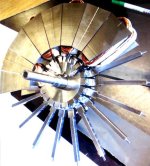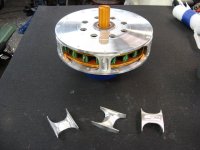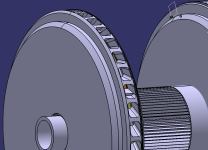APL
100 kW
- Joined
- Aug 6, 2018
- Messages
- 1,113
Thanks for the info., Onshape don't like my PC either.
Didn't realize how old my systems were, until I tried to run CAD programs. The toggle switches on the key board are a
giveaway though. (just kidding)
(just kidding)
Looks like it's time to get another PC,.. buy a laptop, or just upgrade, I have a friend that can help me out with this stuff.
It doesn't look like it's going to set me back 'too' much.
I suppose my DSL connection is the next weak link.
Didn't realize how old my systems were, until I tried to run CAD programs. The toggle switches on the key board are a
giveaway though.
Looks like it's time to get another PC,.. buy a laptop, or just upgrade, I have a friend that can help me out with this stuff.
It doesn't look like it's going to set me back 'too' much.
I suppose my DSL connection is the next weak link.






